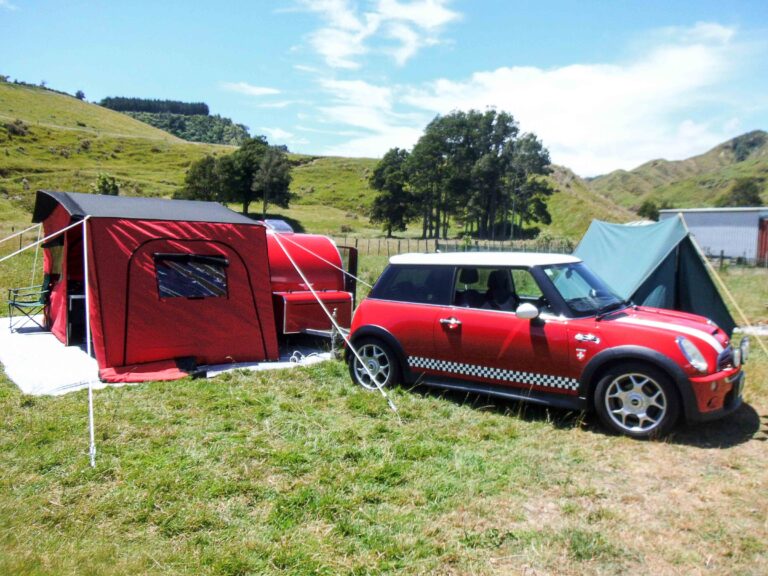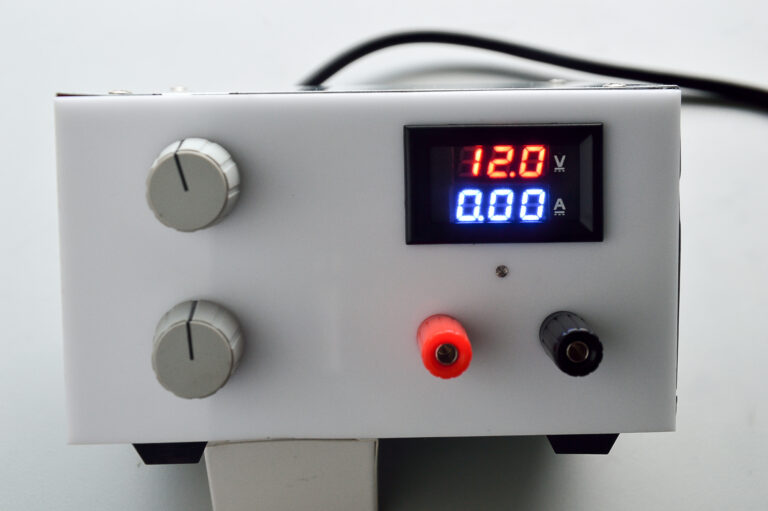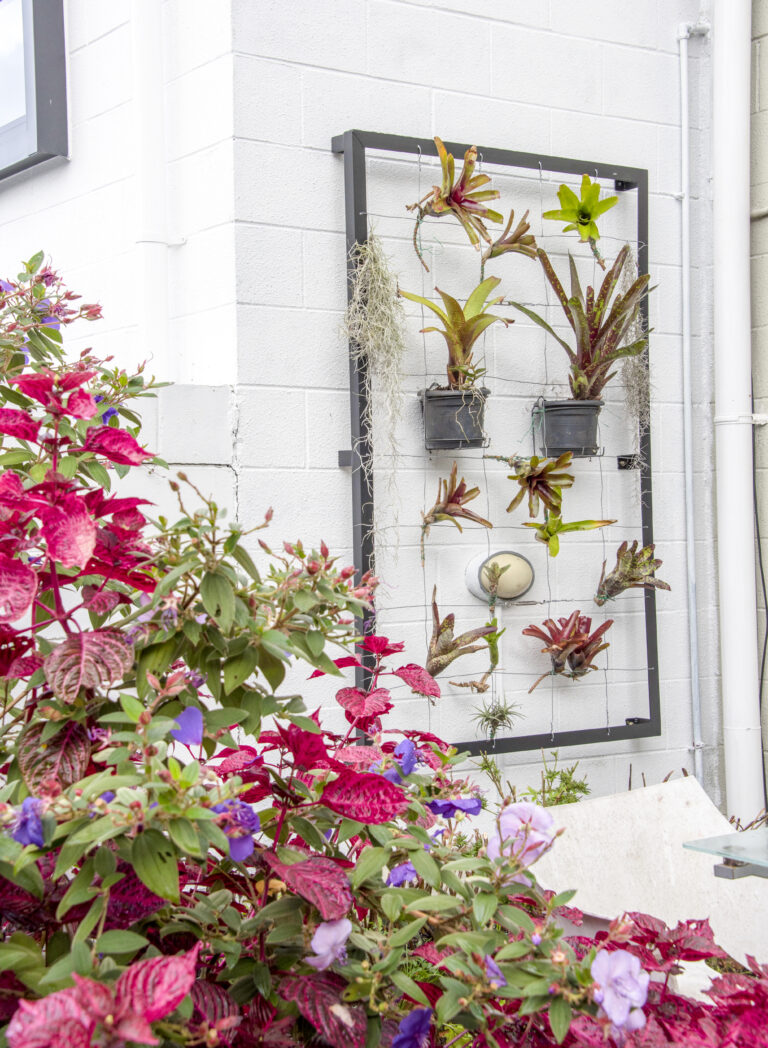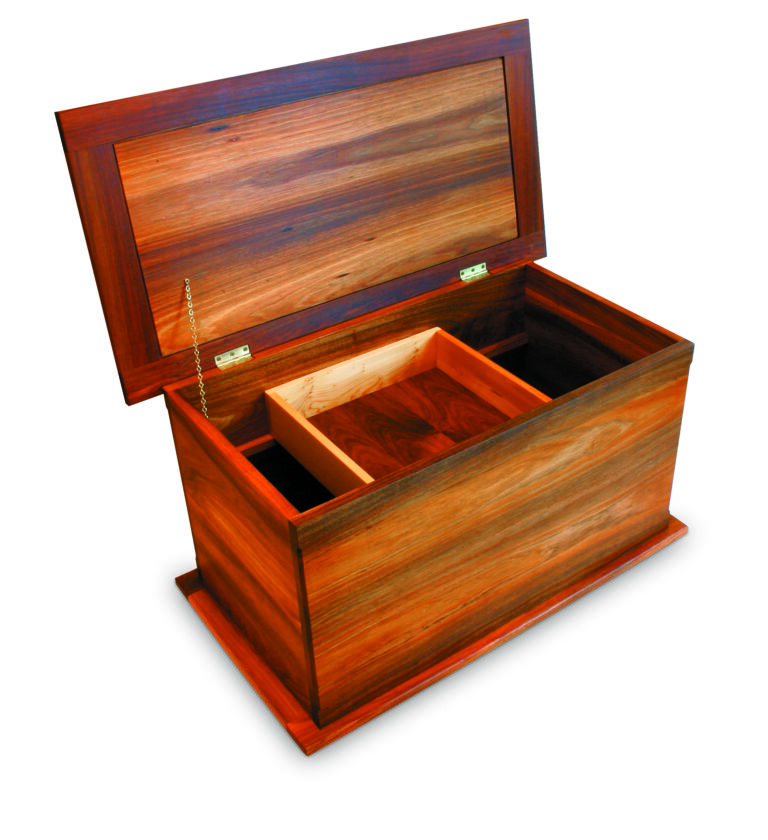
Going glamping
What do you do if you want a caravan but drive a Mini? You make one to fit. That’s just what Michael Wolfe of New Plymouth did – turning out a real dinky little teardrop-shaped caravan that matches his 2004 Cooper S and has all the mod cons for a decent holiday.
Michael saw pictures of little campers on the net and decided that was what he wanted – a cross between a caravan and a tent.
“I got some ideas from little caravans online and decided to go a bit more high-tech,” he says.
He built it to have the same lines, wheels and colour as his car and it looks just the part.
“I never really planned it in detail. I sketched it out originally and a lot of the construction I worked out as I went along.”














